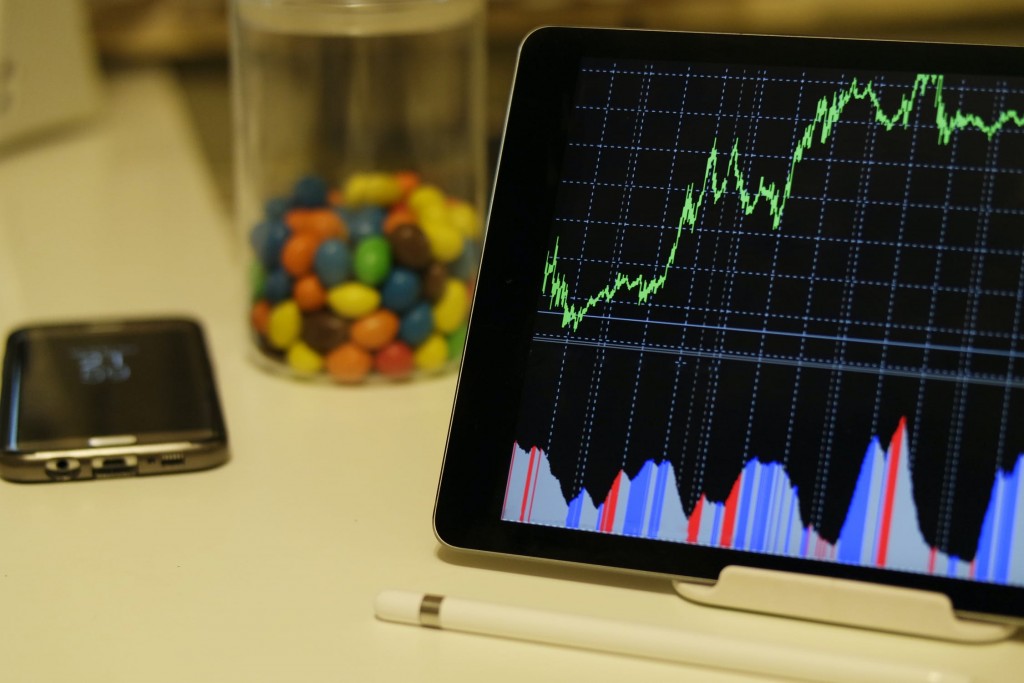Many predict a great future for machine learning and artificial intelligence. However, the best developments in this direction belong either to the academic community or too big business, mainly in the field of advertising. Therefore, there are not many working projects that would allow cryptocurrency traders to use artificial intelligence in their service. Let’s figure out how the principle of machine learning works in cryptocurrency trading, and also consider one of the options for automatic trading. And in the next article, we will create and train our own bot, which in theory is able to show a positive result, however, its use is highly discouraged.

What is Machine Learning in Cryptocurrency Trading
Most often, machine learning in cryptocurrency trading refers to the use of artificial intelligence in making buying or selling decisions. And in most cases it is. However, this approach has many more negative than positive aspects for the average trader.
Two approaches are used in machine learning for cryptocurrency trading – reinforcement learning and supervised learning. To consider the specific advantages and disadvantages of each model, you will have to delve into algorithms and data, which is beyond the scope of this article, however, we will talk about general principles.
So, the main thing that stops most traders from creating and using artificial intelligence in cryptocurrency trading is the cost of developing a machine learning model. A reliable example can cost several million dollars, and the training itself will take a long time or require the rental of expensive facilities.
At the same time, most of the existing working algorithms, which are reliably known to be generally profitable, spend most of their time waiting for the right moment, only occasionally making transactions in the cryptocurrency market in automatic mode. From this, we can conclude that in order to pay off the development, launch, and maintenance of artificial intelligence, you will have to risk very large amounts, and even if there is enough money in the trading account, other shortcomings will not allow you to effectively use this strategy.
Why Machine Learning Doesn’t Work Well in Cryptocurrency Trading
The easiest way to consider the disadvantages of machine learning in cryptocurrency trading is with a specific example.
The first thing worth mentioning is that in artificial intelligence when trading digital assets, as in the case of arbitrage trading, there will always be a time lag between the appearance of the situation and the completion of the transaction due to network delays, and in some cases, the order will not be at all. executed due to a strong change in the market situation.
Also, do not forget that liquidity in the cryptocurrency market is still relatively low. A premier study of the traders may be found by this link. As we said a little earlier, for the effective operation of machine learning in cryptocurrency trading, it is necessary to make fairly large transactions, and even if computer intelligence correctly determines the further movement of the market, entry and exit points, the lack of supply or demand will not allow you to extract maximum profit, and in some cases and lead to losses.
A simple example of applying machine learning to the cryptocurrency market
Consider an example of artificial intelligence in the cryptocurrency market trained with a teacher. Here we ourselves tell the algorithm in which direction the quotes will go, and based on the experience gained, it makes independent decisions in the future.
So, the bitcoin path is worth $20,000, and the next moment we determine for sure that the price will start moving up, reaching $20,100, the next minute. But in order to make a deal, we need to have a sufficient supply on the market, or, more simply, a sell order in a glass, so that the volume of a potential deal allows us to extract sufficient profit. And, if the trader, acting independently, minimizes the decision-making time, then the computer will spend an additional few fractions of seconds on analysis, during which the situation may change.
Suppose that artificial intelligence managed to buy the required number of bitcoin coins at $20,000, and the price actually went up. Having reached the mark of $20,100, our machine learning algorithm places a sell order, but the only option remains when there is no buyer for such an amount of cryptocurrency on this exchange. And if the price turns in the opposite direction, then a situation may arise where a living person could, if not make a profit, then minimize losses, and a computer can introduce losses, and sometimes significant ones.
Considering this example, we do not take into account the exchange commission and other costs of maintaining an account, which can make the use of machine learning in the cryptocurrency market absolutely unprofitable.
Conclusion
Machine learning in cryptocurrency trading is an interesting phenomenon in itself. Although we have found quite a few shortcomings, artificial intelligence still finds its application here, but more often as an addition.